Last Updated on August 2, 2021
Ink & Pixel is a source of pride and joy for me as a writer and as such, I’m always striving to take this column further for those who read and enjoy it. If you yourself, or anyone you know, helped to make any of the amazing feature animated films found within this column, I would love to talk to you to further my knowledge. Please contact me at [email protected] so we can discuss it further.

Recently, I’ve been humbled with the realization that it’s now been over 2 years since the debut of Ink and Pixel here on Joblo.com. During that time we’ve explored, dissected, and celebrated many fantastic films – animated and otherwise – and, for your support and readership, I thank you.
With that sentiment expressed, I’d like to direct your attention to a commonality among each and every one of the films discussed here – an “anchor” if you will – that binds us to a universal theme. Perhaps you’ve already figured it out: this column, as well as all of the movies celebrated within it, would not exist were it not for the power of imagination. I can’t think of a better way to observe Ink & Pixel’s anniversary, than to feature a film that embodies the very essence of creativity and the imaginative nature of filmmaking. So please, open your mind, and step into the world of THE IMAGINARIUM OF DOCTOR PARNASSUS.

Released in the year 2009, under the direction of Terry Gilliam (BRAZIL, THE FISHER KING, FEAR AND LOATHING IN LAS VEGAS), THE IMAGINARIUM OF DOCTOR PARNASSUS is a surrealistic fantasy film of epic proportions. Gilliam himself wrote the screenplay alongside his friend and co-worker Charles McKeown, making PARNASSUS the pair’s first collaborative effort since the bizarre 1988 children’s classic THE ADVENTURES OF BARON MUNCHAUSEN. There’s a whole lot more to PARNASSUS than one might assume, but before we get to the details, allow me to tell you what the adventure is all about.

THE IMAGINARIUM OF DOCTOR PARNASSUS tells the tale of the good Doctor Parnassus, a monk who once lived in a very special monastery – deep within a labyrinth of snowy mountains – where he and his disciples had dedicated their lives to the practice of telling the stories that help spin the world. All was well, until one day, a man by the name of Mr. Nick – believed to be the Devil himself (portrayed by the legendary Tom Waits) – showed up. With his own brand of prestidigitation, Mr. Nick proved to the doctor and his followers that, despite their efforts throughout the years, the stories they held so dear could easily be lost by something as simple as the act of silence.

Parnassus, while seeming dismissive of the circumstances he’d just witnessed, agrees to a foolish deal with the devil regrading the purity of the human spirit. The sides of the bet being the following: If given the choice, will humankind make the long journey toward enlightenment, thereby discovering unbridled happiness after many trials and tribulation, or will they embrace the enchanting short-cut conjured by the devil that in actuality promises them nothing but death and despair? In short, do you work for your prize or take the easy way out, bypassing what wisdom the long road has to offer?

In time, Parnassus wins the 12 pure souls in the bet against Mr. Nick through the use of a magic mirror in conjunction with the awesome power of his own imagination. With these 12 souls won, Parnassus is awarded the “gift” of immortality. Ah, but when dealing with the devil there is always a catch, is there not? The hook is that should Doctor Parnassus father a child during his long life, said offspring will belong to Mr. Nick upon the turn of their 16th birthday. Now, with his only daughter Valentina’s (Lily Cole) Sweet 16 just days away, it’s up to the doctor, his traveling companion Anton (Andrew Garfield), trusted confidant Percy (Verne Troyer), and the mysterious Tony (Heath Ledger, Johnny Depp, Jude Law, Colin Farell) to gather 5 pure souls before the devil collects his due.

The journey to create THE IMAGINARIUM OF DOCTOR PARNASSUS began while Gilliam was compiling a book of ideas for his next project. With a art supplies at his side, Gilliam began to paint what would eventually become a disproportionate wagon. This wagon, in all of its lopsided and unconventional glory, unleashed a torrent of inspiration inside of Terry’s imagination as he began to imagine the cast of characters to whom this wagon would belong. Before long, the notion to include a magic mirror aboard this bizarre vessel began to take shape. The mirror was to serve as a portal into the imagination of anyone brave enough to step through its reflective surface, and thus the foundation for THE IMAGINARIUM OF DOCTOR PARNASSUS was established.

It would be easy for me – at this point in the article – to regale you with the facts and figures about how this wondrous film was shot upon several sound stages (lined wall-to-wall with green screens) for the purpose of creating epic environments and massive digital effects, but I’m not going to do that. Not today. Instead, I’d like to focus on the profound effect that the death of Heath Ledger had on the making of this film, and how – while faced with this most unfortunate event – the cast and crew rallied to make certain that THE IMAGINARIUM OF DOCTOR PARNASSUS would be completed, despite having lost what some would consider to be the film’s most important character.

Perhaps one of the most inspiring and tender aspects of THE IMAGINARIUM OF DOCTOR PARNASSUS was the film’s tenacity in moving forward after the death of one of its stars. When word came down the wire that Ledger was gone, Gillam and his team were forced to make a series of difficult decisions with regard to moving forward in their effort to finish the film. At first, it was questioned as to whether or not the special effects team could digitally insert Ledger into the remaining scenes, but that idea was quickly dismissed and the decision was made to recast the role. So, rather than scrap the project all together, Gilliam and McKeown halted the film’s production, causing the picture to be delayed by several months. The purpose of this moratorium was to provide both writers with ample time to re-tool many of Ledger’s scenes that were considered essential to the film’s overall presentation.

Gilliam, having worked with Ledger previously on his not so well received fairy tale action adventure flick THE BROTHERS GRIMM, aimed to honor the memory of his friend by offering the role to only those close to the late actor. Without hesitation, performers the likes of Johnny Depp, Jude Law, and Colin Farrell stepped forward to help complete the remainder of Ledger’s involvement in the film. Understandably, many rewrites had taken place, but in the end Gilliam and McKeown discovered a way around the loss of Ledger’s Tony, by casting a different actor in each of the “imaginarium” sequences, thereby allowing Ledger to remain in all of the scenes taking place outside of Parnassus’ magic mirror.

By the final curtain call of Doctor Parnassus’ theatrical run, the film managed to conjure $61,808,775 worldwide with at least $54,119,168 of that total hailing from the film’s foreign releases. For a creation touted by many to be somewhat of a “cult” film, THE IMAGINARIUM OF DOCTOR PARNASSUS must be considered a success, earning more than double the film’s $30 million dollar budget when all was said and done. Granted, many flocked to the theaters wanting to see the late Heath Ledger’s final performance on screen, but what greeted the film’s audience was an imaginative experience that gave moviegoers far more than they’d perhaps bargained for: the spectacle, wonderment, and heart that went into each and every frame of the film.

Having recently re-watched the film for the purpose of writing this piece, I can tell you first hand that THE IMAGINARIUM OF DOCTOR PARNASSUS is a film that’s not to missed. Whether it’s your undying love for Ledger, curiosity for what many consider to be Gilliam’s return to form, or thirst for a cinematic adventure fueled by the power of imagination, you’re not going to want to miss this one. In the immortal words of the great Hunter S. Thompson, “Buy the ticket. Take the ride.”


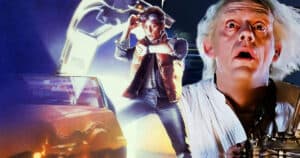





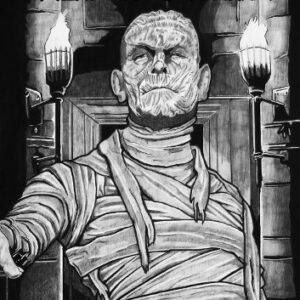

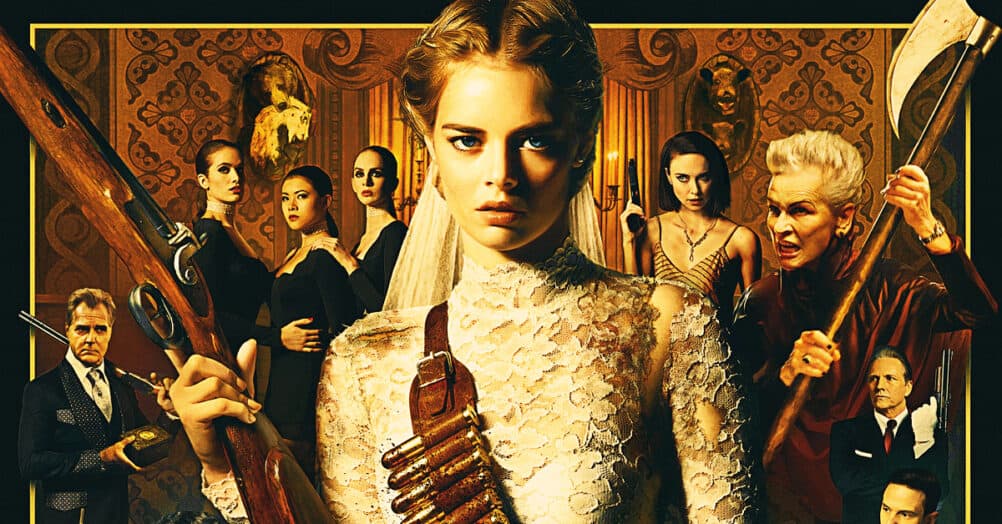
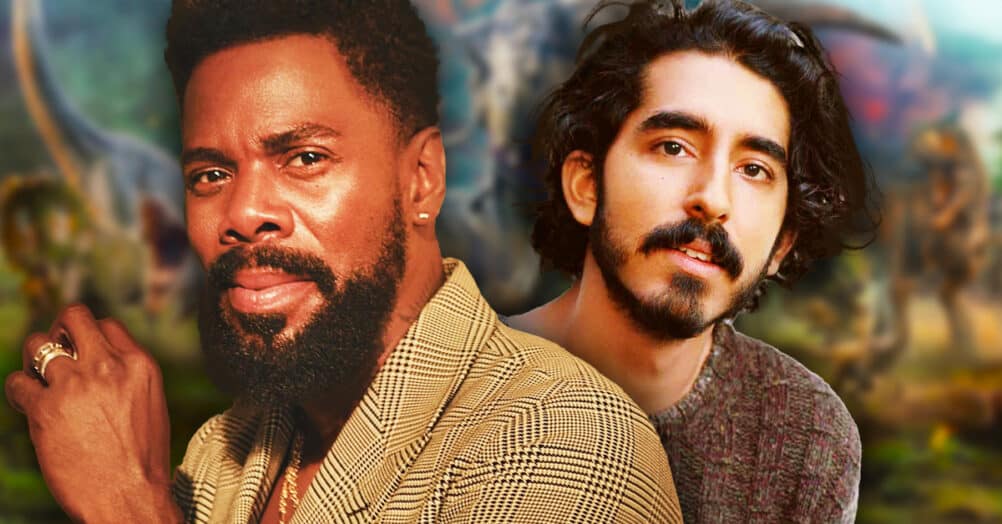


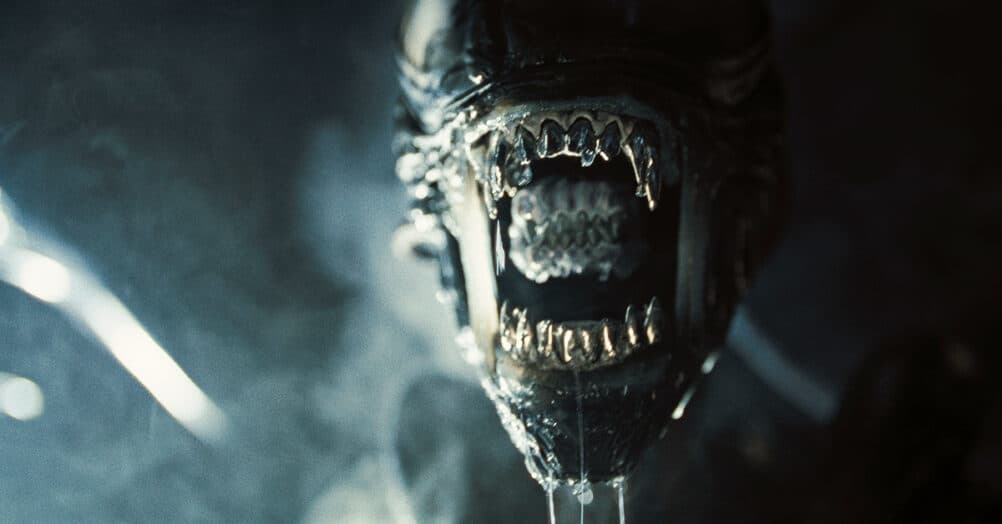
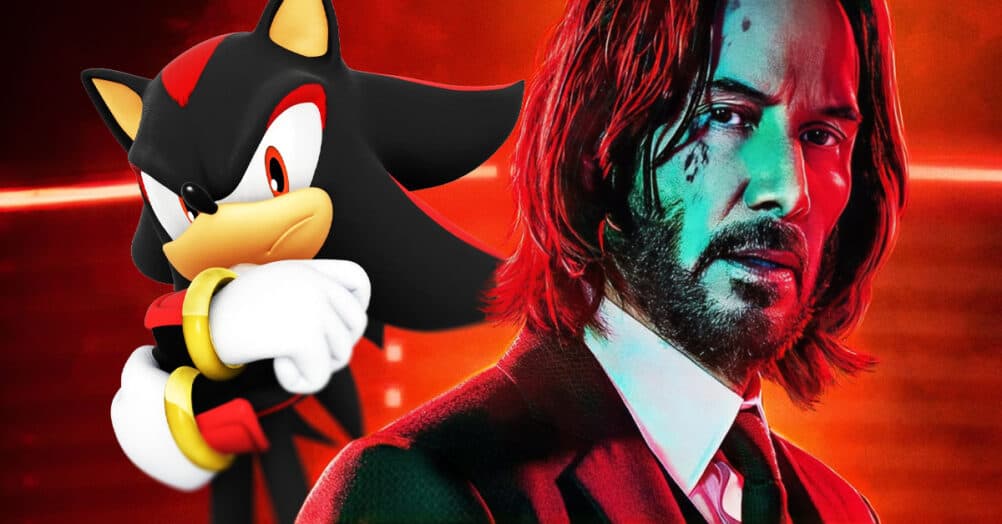
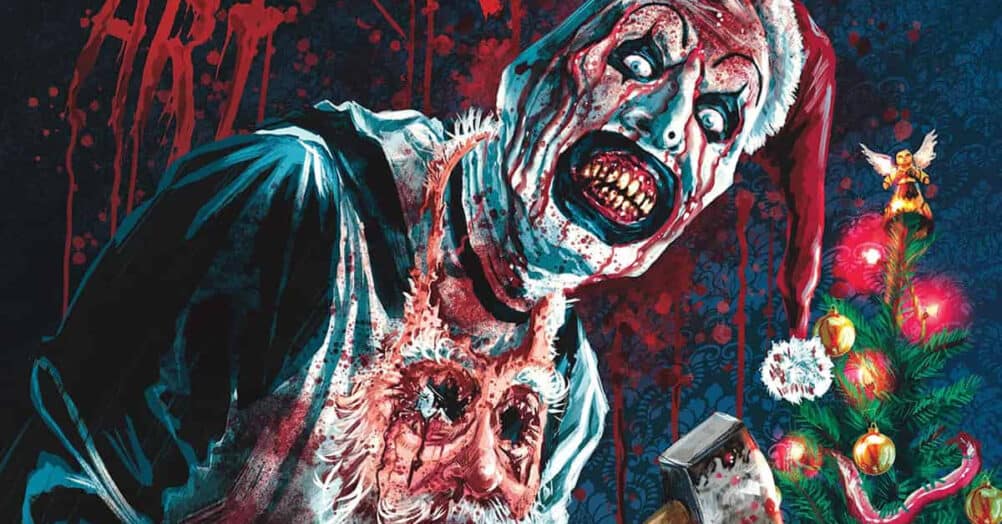



Follow the JOBLO MOVIE NETWORK
Follow us on YOUTUBE
Follow ARROW IN THE HEAD
Follow AITH on YOUTUBE